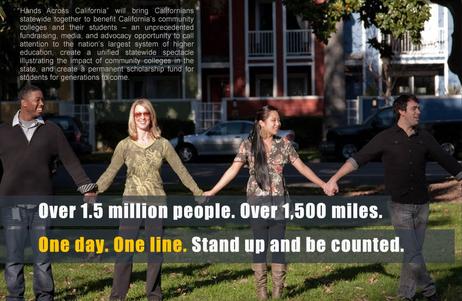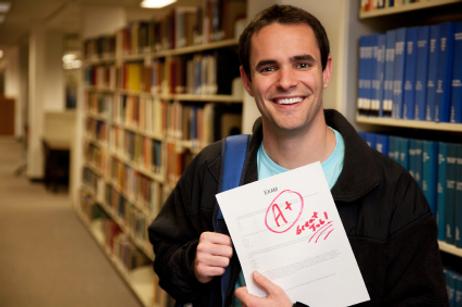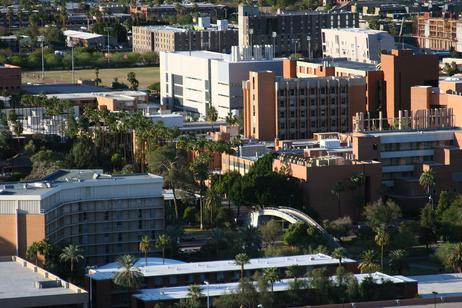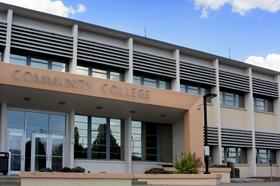Community colleges have come to the forefront of higher education in recent years since President Obama made them one of the priorities of his administration. To help the process along, the Aspen Institute College Excellence Program recently published a list of what it calls the nation's 120 best community colleges – which is the top 10 percent of all community colleges in the country. This list comes after extensive data collecting and analysis that attempted to accommodate the broad variations within community colleges while adhering to a general standardization that accurately compares schools.
The Contest for Top Spot
Now that the top 10% college list has been completed, the Aspen Institute hopes to continue the process by choosing 10 colleges out of the original 120. From the list of 10, the organization will select a single, top-performing school to award $1 million for excellence in school performance. According to the Aspen Institute's website, the contest's purpose is to raise awareness of the value of community colleges and reward those institutions that are committed to maintaining the highest standards of excellence in their educational pursuits.
To help them achieve this goal, the Aspen Institute recently appointed a high-profile jury to select the 10 finalists for the prize. The co-chairs of the jury are former Michigan Governor John Engler and former Secretary of Education Richard Riley. Second Lady Dr. Jill Biden and Secretary of Education Arne Duncan attended the announcement event. The Aspen prize had previously





















